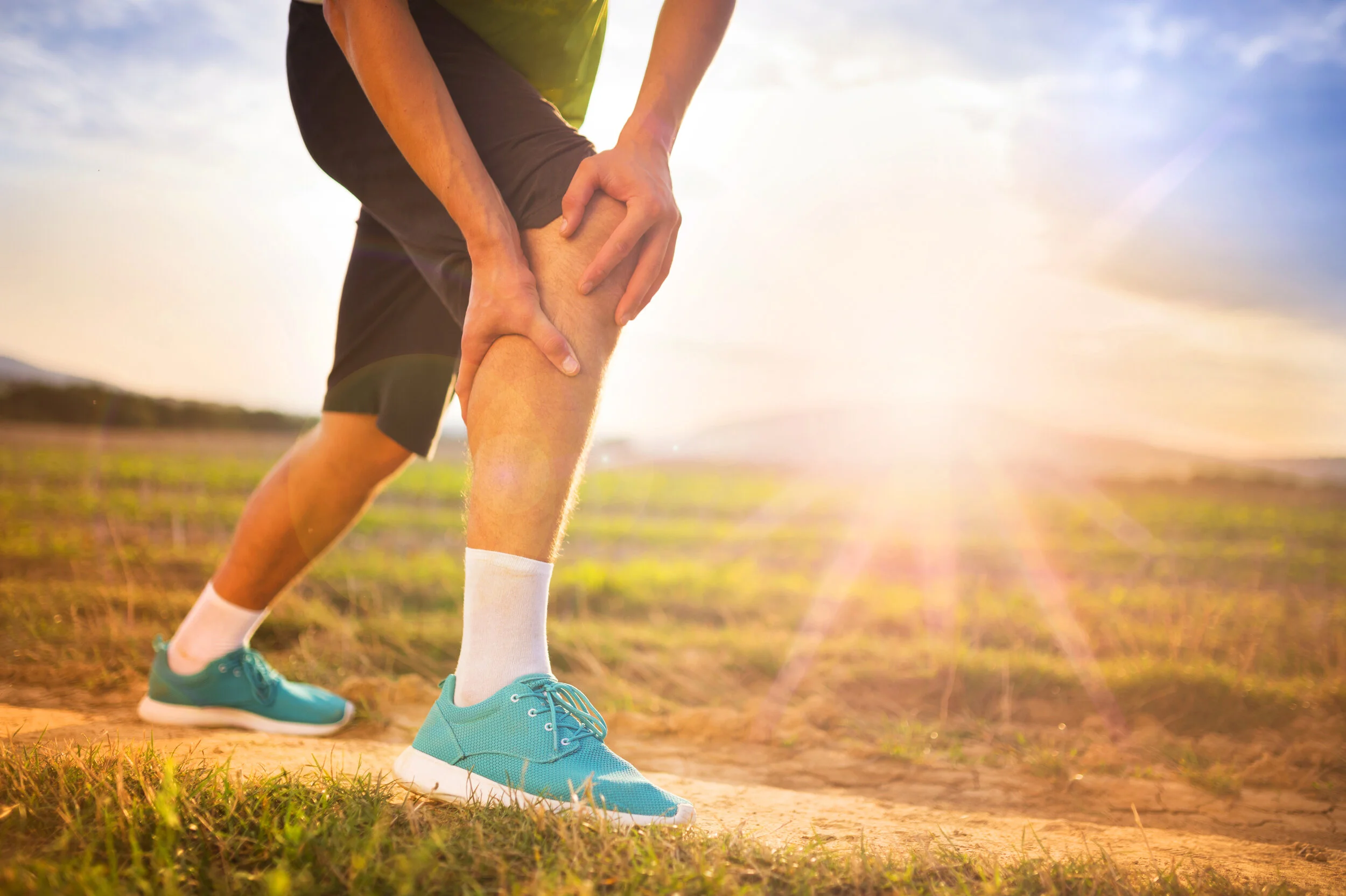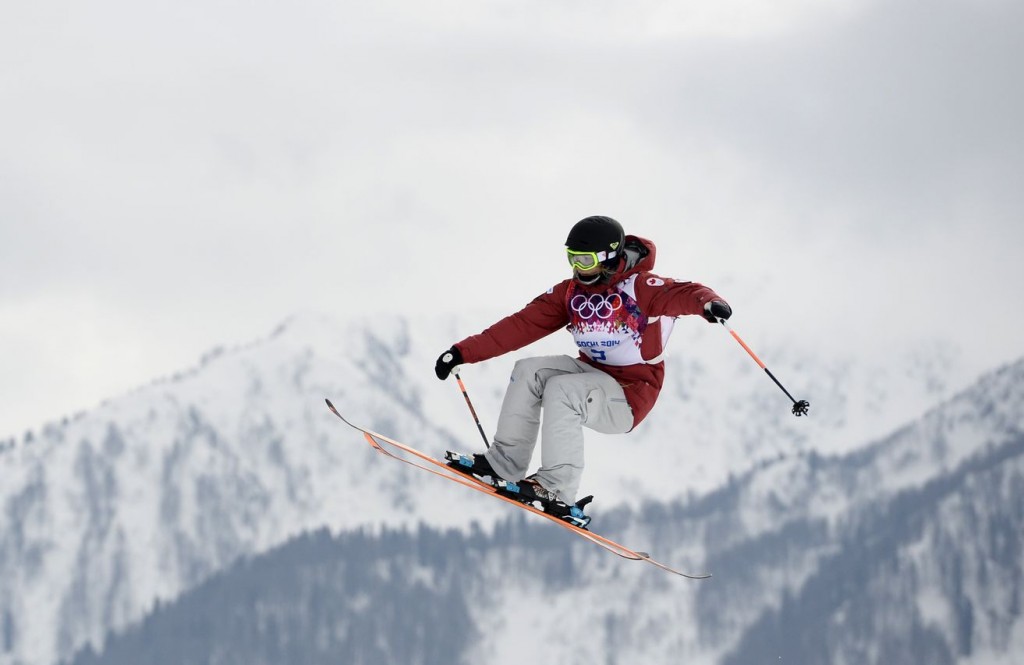Avoiding Common Golf Injuries
“Anybody who has seen some of these long drive hitters knows how much torque we put our bodies through in the golf swing. ”
I love to play golf, but after playing for 3 years in college (our home course was the incomparable Torrey Pines) and then being fortunate enough to play some amazing courses here in the Vail area on a consistent basis, I can tell you that my body definitely lets me know when I have been swinging pretty hard or playing a few days in a row.
Hence, I know from personal experience (and from seeing golfers themselves for treatment) that the repetitive motions and movements necessary to play the game can have long and short term effects on the body, most notably the upon the knees, shoulders, and the back.
Let's talk about some of the more common issues you may encounter from playing golf, and then hit some of my recommendations on what exactly we can do to avoid or alleviate some of the problems we often encounter as avid duffers.
What are the injuries we encounter while playing golf?
The immense amount of torque we put our bodies through in order to execute the golf swing can result in the opposite knee and shoulder taking the largest amount of the force. So if you are right handed, you face potential problems with the left knee, the back, and the right shoulder. If you've played golf for any amount of time, you probably know what I'm talking about.
No matter what you do, playing golf will take some sort of toll on your body
What knee injuries do golfers often have?
Usually, when knee injuries occur in relation to playing golf, they are meniscus tears and cartilage damage. Compression and sheer as we rotate around the golf swing are the causes of these knee issues.
What about back injuries while golfing?
Simply put, the spine is just not designed for the rotation that occurs when we wind up at such high speeds. As a result, the intervertable disks encounter advanced levels of compression and sheer because of these forces.
In regards to this, we can only remove so much of the disk before a "bone-on-bone" scenario occurs, bad enough to need a fusion on one of the levels.
How About the Shoulder Golf Injuries?
During the back swing, the right shoulder is elevated in a right-handed golfer. This causes, in essence, a "pinching" of the rotator cuff beneath a portion of the scapular bone which we call the acromion.
So How Do We Avoid Injury while playing golf?
Here's the catch: it's going to be tough to completely avoid having golf take a toll upon your body.
Remember the old maxim, "everything in moderation"? That applies here. To lessen the risk on the knee, I recommended capping out your number of swings in a single day to about 175 shots on the range, or the same number (175) combined on the range and the course.
Remember, when you bring out those big guns (drivers and long irons) and start swinging for the stars, you are much more likely to put your knees at higher risk due to sheer...and the deeper knee flexion angles can put the meniscus at risk.
Here's something interesting I wrote in a previous post:
"We see a whole bunch of people that tear their meniscus by simply reaching over and picking their golf ball out of the hole. They can’t understand why this one time tore their meniscus when they have been doing this for 20 + years. Unfortunately the cushion cartilage in our knee is only about half as elastic at 40 than it was at age 20 and is susceptible to tearing with much less torque than it once was. Sorry!"
Lessening the risk of injury on the golf course
Get on out there and enjoy some golfing with friends.
Here are some of the steps you can take to lessen your chances of injury while playing golf.
- Limit your swings to the aforementioned 175
- Keep the hamstring and quads strong and stretched out. That way, our body relies on the muscular anatomy, not our bony architecture when it comes to the heavy twists.
- Use up to forty percent of your practice time on your putting and chipping. (God knows we could all use a little extra practice on that.)
If you remember these tips, you'll save your knees-- and you just may lower your handicap as well.
Dr. Sterett
IF YOU ENJOYED THIS ARTICLE, PLEASE FEEL TO SHARE THIS WITH YOUR NETWORK OF FRIENDS AND COLLEAGUES. BELOW IS TEXT YOU CAN CUT AND PASTE INTO ANY OF YOUR FAVORITE SOCIAL NETWORKS OR EMAILS.
For Google +
The immense amount of torque we put our bodies throw in order to execute the golf swing can result in the opposite knee and shoulder taking the largest amount of the force...http://williamsterett.com/blog-dr-william-sterett/golf-injuries-and-how-to-avoid-them
For Facebook
The immense amount of torque we put our bodies throw in order to execute the golf swing can result in injuries. Here's what we are facing and what we can do about it...http://williamsterett.com/blog-dr-william-sterett/golf-injuries-and-how-to-avoid-them
For Twitter
Here are some things we can do to deal with common golf injuries...http://williamsterett.com/blog-dr-william-sterett/golf-injuries-and-how-to-avoid-them
For LinkedIn Description
The immense amount of torque we put our bodies throw in order to execute the golf swing can result in the opposite knee and shoulder taking the largest amount of the force...http://williamsterett.com/blog-dr-william-sterett/golf-injuries-and-how-to-avoid-them















